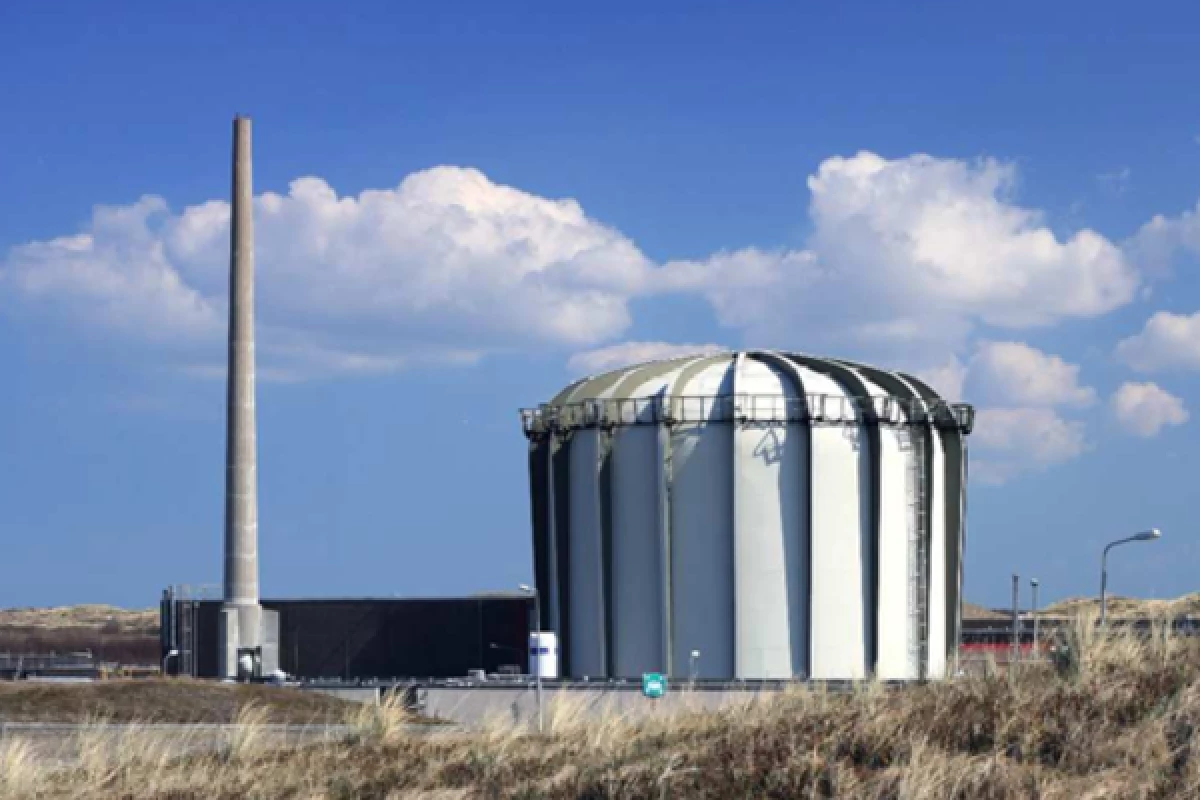The Netherlands' Nuclear Research and Consultancy Group (NRG) has completed a major milestone irradiation test of molten nuclear fuel salts in its High Flux Reactor at Petten 37 mi (60 km) north of Amsterdam. The first test of its kind since the ones carried out at Oak Ridge, Tennessee in the 1960s, its purpose is to learn more about the safe operation of a future Molten Salt Reactor (MSR).
First developed in the United States in the 1950s and '60s, MSRs differ from conventional light-water nuclear reactors in a number of significant ways that make them potentially a safer and more efficient alternative. This is because, though a light-water reactor and an MSR work on the same principle of nuclear fission, they have a fundamentally different engineering design.
In a light water reactor, nuclear fuel is enriched uranium or plutonium set in zirconium-alloy-clad rods immersed in water. This water acts as both the moderator and the coolant for the reactor. When a neutron strikes an atom of uranium or plutonium, it splits, releasing energy and additional neutrons that strike more atoms in a chain reaction, like throwing a ping pong ball into a room filled with mousetraps with ping pong balls perched on each one. The water moderates the reaction by slowing down the neutrons, increasing the chances that they will strike an atom.
It's a system that has been in use for over 60 years and, despite its public reputation, has the best per kilowatt hour safety record of any major power source. However, light-water reactors do have a number of disadvantages due to the fact that they rely on the water being kept at very high pressures and temperatures. But by replacing water with salt, a number of advantages appear.
There are several different molten salt reactors but in one of the most common being developed, the layout is essentially reversed. Instead of water surrounding fuel rods, the fuel is mixed in with salt, which has been heated to the point where it melts and flows like a liquid – somewhere in the neighborhood of hundreds or even thousands of degrees Celsius. Instead of fuel rods, there are rods of graphite, which act as a moderator and control the strength of the reaction.
Though never developed into a practical commercial power plant, research into molten salt reactors at various centers around the world have demonstrated a number of advantages. For example, they can be fueled by a wide variety of elements, including relatively abundant fissionable ones, like thorium, and the waste products are much more active, so they are reduced to safe radioactive levels faster than the spent fuel from conventional plants that haven't been reprocessed.
In addition, the molten salt reactor doesn't need to be shut down for refueling. Instead, the old fuel can be filtered out by a chemical plant and fresh fuel pumped in. They also operate at lower pressures and they also don't produce steam or potentially explosive hydrogen gas – both of which are major safety issues for conventional reactors – so there's no need for heavy pressure vessels. And because the MSRs works at a higher temperature than conventional reactors, they are more efficient and smaller in size.
Another safety factor is that molten salt expands under heat, so if there is a runaway reaction, the expansion shuts it down. In a serious emergency, MSR designs include drainage tanks into which the salt automatically pours under the force of gravity, separating it into smaller units and killing the reaction dead.
However, there are a number of disadvantages to MSRs. the salt is not only hot it's also highly corrosive and it has to be in direct contract with pumping equipment. This risks both corrosion and radioactive damage, like embrittlement.
Because of this, NRG is conducting a series of irradiation tests to see how a nuclear environment affects molten salt nuclear fuels. According to the company, this began with its SALIENT-01 experiment in 2015 as part of a thorium reactor concept. Current work includes research on construction materials and the processing and purification of molten salt and residual products.
Further irradiation tests are scheduled, including the study of what happens with nuclear fuel salts cool down to near room temperature in a radioactive environment. This will be followed next year by corrosion tests of candidate reactor alloys in the High Flux Reactor.
"Completing our work inside the reactor means we can now examine the irradiated salt more closely in the NRG labs," says Ralph Hania of NRG. "This means we’ll really be able to see how the salt responds to irradiation in the reactor."
Source: NRG





